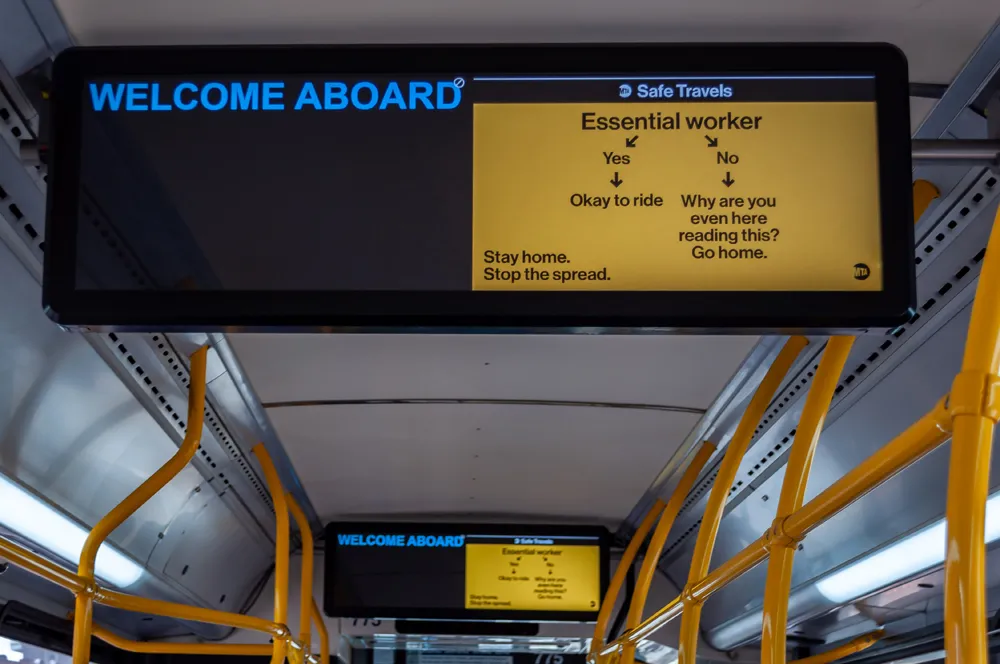Cubic Transportation Systems has launched a subsidiary called Urban Insights Associates, a consulting and services practice that aims to help the transportation sector utilise stored data to improve the services offered to travellers.
The transportation sector gathers large volumes of data on vehicle locations, passenger numbers, ticketing and fare collection as well as from scheduling and asset management systems. According to Cubic, this data has the potential for deriving insights into planning and m
June 23, 2014
Read time: 2 mins
The transportation sector gathers large volumes of data on vehicle locations, passenger numbers, ticketing and fare collection as well as from scheduling and asset management systems. According to Cubic, this data has the potential for deriving insights into planning and managing transportation networks but these insights are not usually revealed by conventional data management.
“By applying big data tools and transportation-specific data science processes, our consultants will transform the way agencies do business," said Wade Rosado, Urban Insights' analytics director. He said the predictive analytics tools and techniques his company uses can identify stress points in the transportation network and help agencies remedy those situations.
The technology supporting Urban Insights is a distributed data management and processing platform (built on Apache Hadoop software) which contains a business intelligence and discovery function and is said to be scalable to handle large volumes of data. According to business development director Phil Silver, Urban Insights' transportation sector expertise informs how it applies the tools and data science techniques to convert terabytes of disassociated data into strategic and operational assets.
San Diego Metropolitan Transportation System (San Diego MTS) has been using the new service to build a picture of the complete journeys made by commuters who switch between bus and trolley services as the records of the individual travel segments are unlinked.
Urban Insights compiled data from five independent sources before applying analytic models to identify areas to improve and align services. These pinpointed mismatches between scheduling and resource allocation and the way riders use the services which allowed San Diego MTS to improve its service.
Urban Insights said in the future these tools will help influence behavioural change among travellers and directly influence travel choices.








